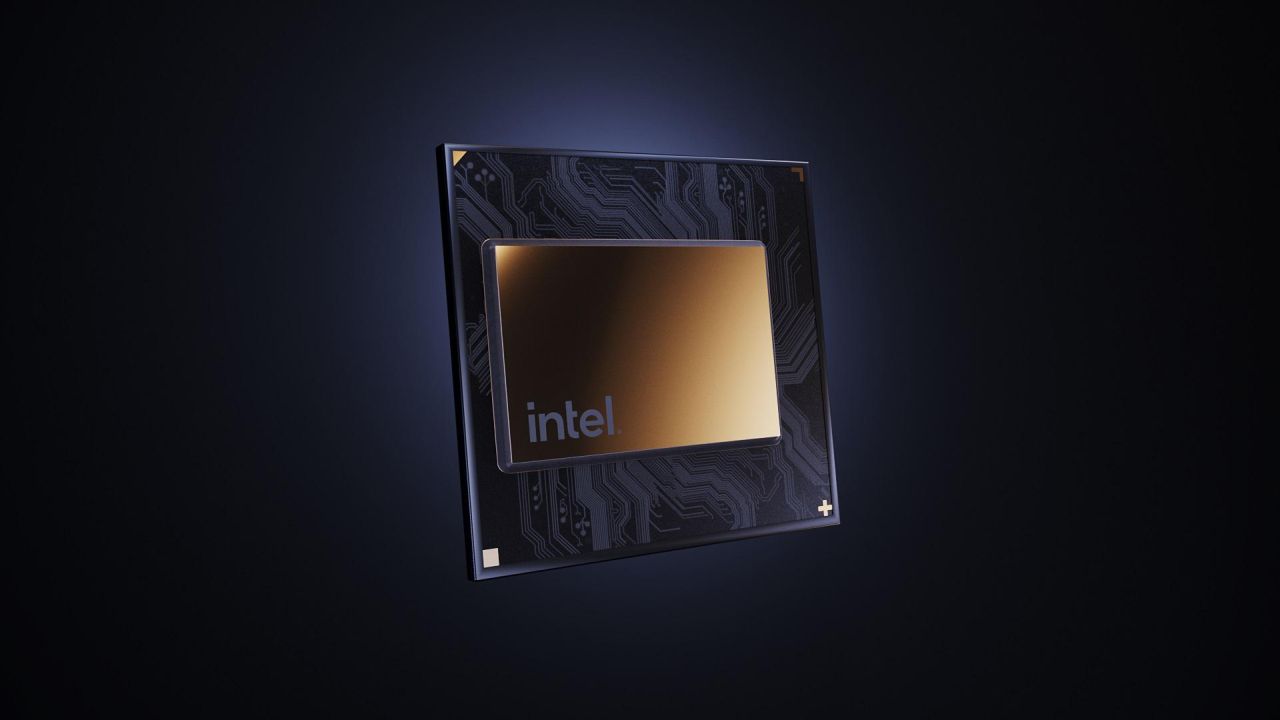Bonanza Mine, Intel talks about its chip to mine Bitcoin (but there is a however)
Intel seems to have rather serious intentions in the world of accelerators dedicated to the blockchain and more particularly al mining di Bitcoin. The company announced in recent days the creation of the new one inside Custom Compute Group and to have signed agreements to provide an ASIC to some companies in the sector such as Argo Blockchain, BLOCK (formerly Square) and GRIID Infrastructure.
The accelerator in question should be based on an ASIC called Bonanza Mine 2 (BZM2)but at ISSCC 2022 Intel has shared more information about Bonanza Mine 1 (BZM1), the first generation. It is not known what the differences are between one generation and another at the moment, but undoubtedly it is interesting to see how Intel intends to approach the sector.
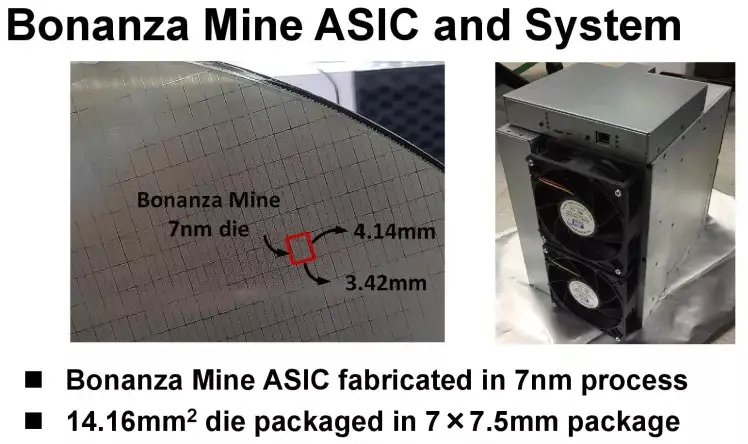
Bonanza Mine 1 includes 300 chip inside a miner from 3600W for computing performance up to 40 terahash per second. Each chip has dimensions of 7 x 7.5 mm, while the effective die large 4.14 x 3.42 mm, for a total of 14,16 mm2. The chip in question produced at 7 nanometers, but it is not clear at the moment whether it is an internal (Intel 4) or external process.
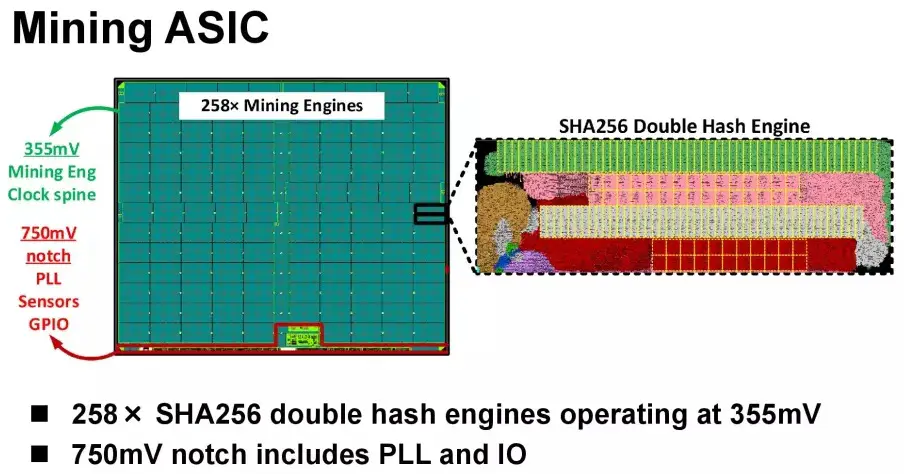
The small size should ensure good yields and better use of the wafer area, allowing around 4000 chips to be produced from a single silicon wafer. Inside each Bonanza Mine ASIC there are 258 “mining engines”each of which performs SHA-256 calculations in parallel.
Mining engines represent 90% of the die area and operate at an “ultra-low” voltage of 355 mV according to Intel documents. Each ASIC operates between 1.35 and 1.6 GHz at 75 C, with an average consumption of 7.5W for a power of up to 137 gigahash per second (GH / s) and a ratio of 55 J / THash per second at 355 mV.
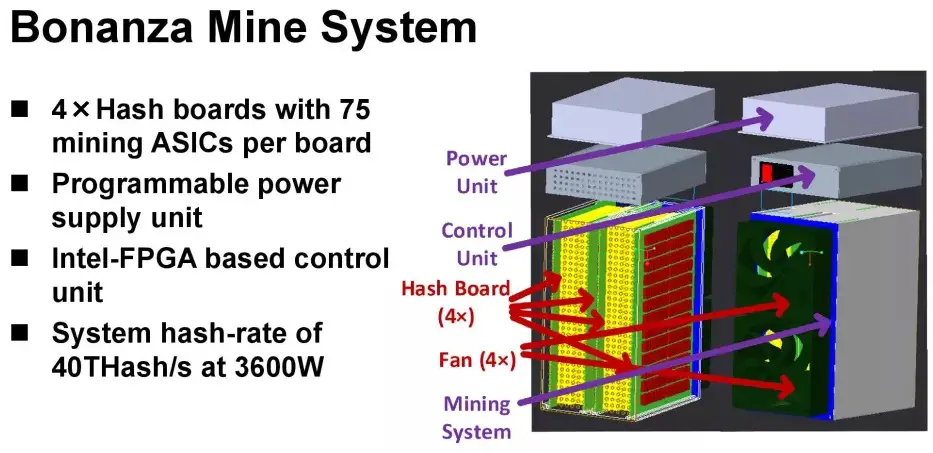
Each card within the miner includes 75 Bonanza Mine ASICs: there are a total of four cards placed vertically and cooled by four fans. The control unit positioned above these boards, and houses a system controller (Intel FPGA) and an Arm Cortex core which are responsible for distributing the load among the 300 chips.
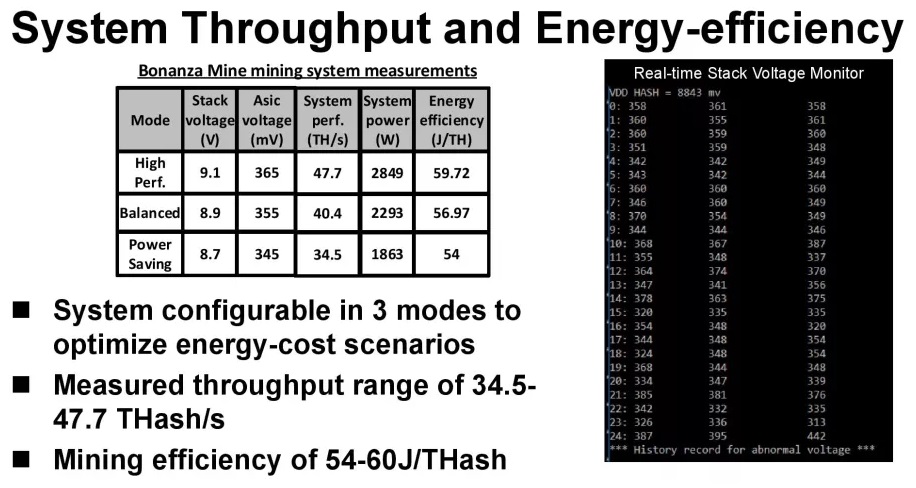
The 300 chips together, as mentioned, touch 40 terahash per second (TH / s) at 3600W, although Intel points out that this is a “ceiling” that can be overcome, if needed. Furthermore, the systemit can operate on the basis of different consumption profiles allowing to reach an efficiency between 54 and 60 J / THash.
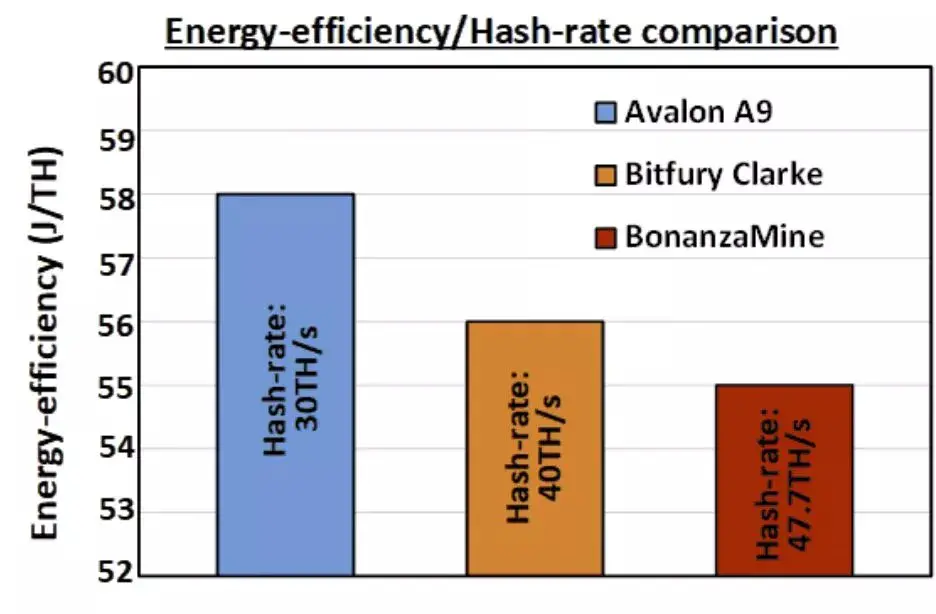
These are values that are far from other solutions, such as those of Bitmain: Antminer S19j Pro 104T touches 104 THash / s at 3068W, while the latest S19j XP reaches 140 THash / s at 3010W. Intel compared its solution to the Bitfury Clarke and Canaan Avalon A9 ASICs, highlighting the higher efficiency of Bonanza Mine 1 with 55 J / TH at 47.7 TH / s, while the Bitfury Clarke touches 56 J / TH at 40 THash / s. the Canaan Avalon A9 reaches 58 J / TH at 30 TH / s.
It should not be forgotten, in the case of Intel, that it is a first generation that will not arrive on the market, therefore it is plausible (or rather, desirable) that all the values indicated have been improved with the second generation of the ASIC.





